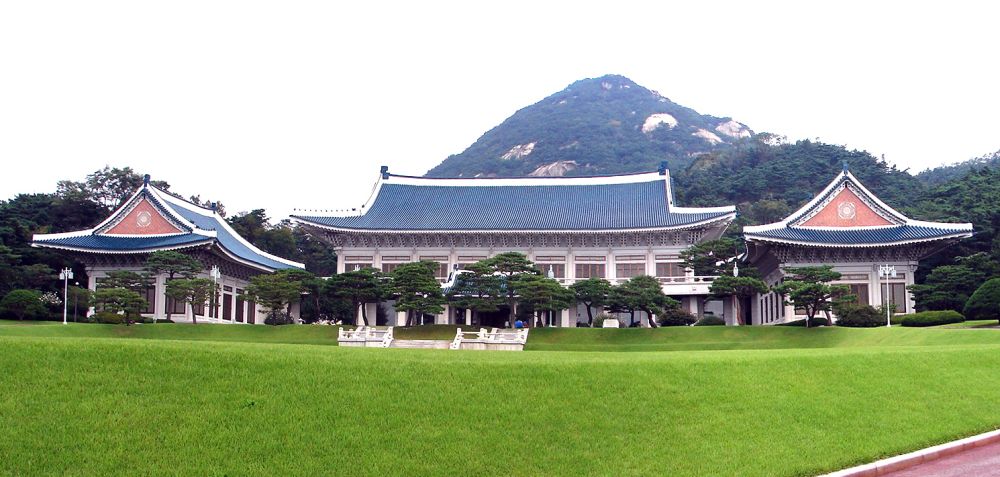

The Blue House, known in Korean as Cheongwadae, has been the official residence of the President of South Korea since the establishment of the South Korean government in 1948. Its history as a center of power, however, dates back to the Joseon Dynasty when it was the site of the Royal Garden of the Kings. Over the years, the Blue House has seen numerous historical events, including state meetings, presidential inaugurations, and important national decisions.
The Blue House's architecture is noted for its unique combination of traditional Korean and modern aspects. The main building's blue-tiled roof stands out and is an important symbol within South Korean culture, signifying transparency and accountability of the president to the public. The grounds of Cheongwadae are meticulously maintained and include a beautiful garden, fountain, and reception hall where dignitaries are welcomed.
Tourism at the Blue House started gaining traction post the Korean War, as South Korea gradually established itself as a sovereign nation. Initially, the accessibility to Cheongwadae was limited due to security concerns and the political sensitivity of the site. However, over time, the South Korean government recognized the importance of the Blue House as a symbol of the nation and began to offer limited public tours.
In recent years, the South Korean government has made considerable efforts to make Cheongwadae more accessible to the public, both domestic and international tourists. These efforts have helped in demystifying the workings of the presidency and have allowed citizens and tourists alike to gain a deeper understanding of South Korean political history and culture.
The latest trends in tourism to the Blue House are marked by an increase in digital engagement, which includes virtual tours and online educational content, especially significant due to the travel restrictions prompted by the COVID-19 pandemic. This digital approach has allowed the Blue House to reach a wider, global audience.
In the post-pandemic era, the trends are shifting towards sustainable tourism with a focus on cultural exchanges and experiences that highlight the traditional aspects of Korean culture, which can be observed in the surroundings of the Blue House.
For those interested in visiting, the Blue House offers guided tours that must be booked in advance through their official website. Visitors can expect to learn about the building's historical significance, view the exterior architecture, and walk through the main grounds. Since it's a highly secure area, there are strict security measures, and not all parts of the residence are accessible to the public. However, the tour still provides a significant peek into the cultural and political heart of South Korea.
The Blue House (Cheongwadae) continues to be a top destination for tourists interested in South Korea's political history and cultural heritage. Through ongoing efforts to promote transparency and accessibility, Cheongwadae not only serves as a symbol of the presidencies past and present but also stands as a testament to the evolving relationship between South Korean government and its people, showcasing the nation's dedication to democracy and openness.